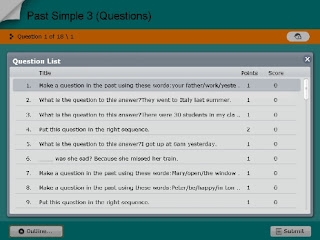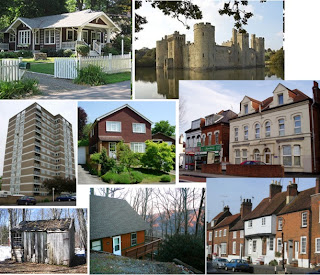Updated: 27 May 21:15 GMTI've modified a couple of questions in the survey: I changed the last question to 'Which class do you belong to?' and inserted a checkbox question 'Select your school'. This will make it easier if you are just interested in seeing your school's replies (possible only if you're viewing the spreadsheet). Go to VIEW on the menu bar and select LIST VIEW. In this mode, you can select whatever you're interested in. For example, if you're only interested in IES Alonso Quesada, scroll onto the column SELECT YOUR SCHOOL, choose IES Alonso Quesada, and the spreadsheet will only display the results where this has been the selection.
Since, I've just made the change, surveys taken before this (see date/time above) will not have the last question reflected.Well, unfortunately, the time has come for me to say goodbye to you all. Of course, I would have liked to stay until the end of the school year, but the decision wasn't mine to take.
With any luck, I will be back again with you next school year. I hope you will keep coming back to this blog in the summer, if only to say hello to me!
Please take 5 minutes of your time to complete this survey. You might have done one with your respective schools, but this is for me. As I'm a strong
advocate for a paperless society, mine is online, and the results of the survey can be seen by everyone.
There are 4 sections; no question, except one, is
compulsory. If the question doesn't apply to you, leave it blank. You can give your name, or
you can remain anonymous. The only information that you must give is the name of your school and your class.
Thank you!
Although this survey has been designed by myself for myself, everyone is welcomed to do it. Just leave the questions that don't apply to you blank.
After completing the survey, you can see the results of the survey. If you want to see them directly, here are the links:
Oh, incidentally, if you aren't able to see the analytics on Mozilla Firefox, try Internet Explorer or Google Chrome.









%20Quiz%20Badge.jpg)